This evaluation pitting GTX 1070 SLI performance against TITAN X performance is the fifth in our Pascal TITAN X series. We have compared it with the GTX 1080 and found that the TITAN X was generally 20-30+% faster, depending on the resolution. We also compared the last generation 28nm Maxwell TITAN X with the new 16nm Pascal version and found the TITAN XP is at least 60% faster. We also found the TITAN X to be a good overclocker.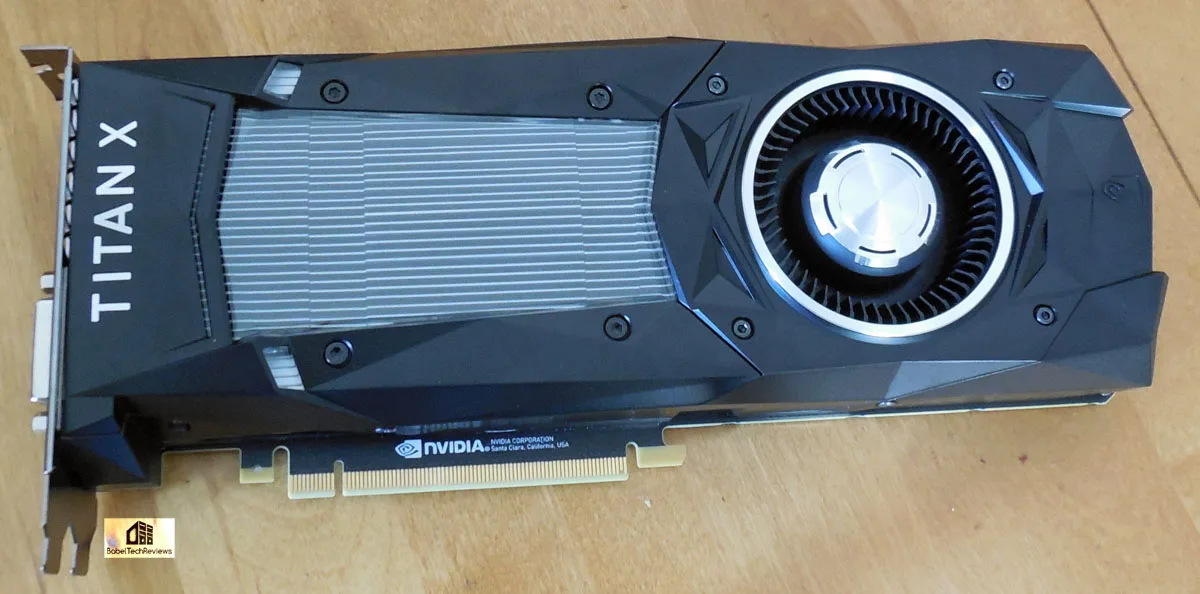
To attempt to determine the current overall value of the approximately $850 one would need to spend on GTX 1070 SLI vs. spending $1200 for TITAN X, we will include all 26 games of our benchmark suite which feature our newest games, Mirror’s Edge Catalyst and DOOM. We also include Ashes of the Singularity, Hitman, Rise of the Tomb Raider, Total War Warhammer and Deux Ex Mankind Divided using both the DX11 and the DX12 pathways.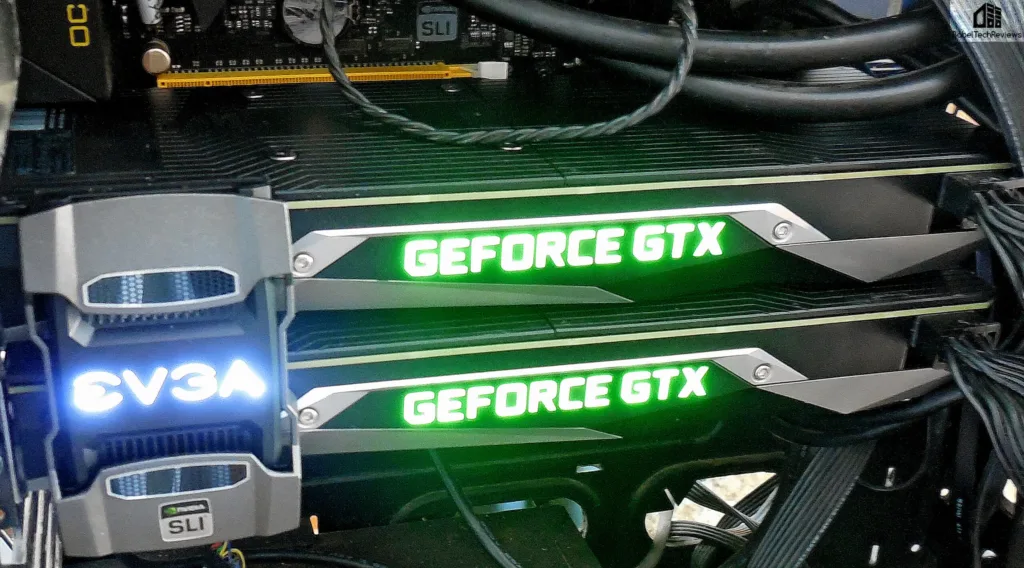
Last month, BTR received a TITAN X together with a WQHD ACER Predator X34 (21:9) G-SYNC display for evaluation from Nvidia. The Predator X34 is an excellent display to pair with the TITAN X so we have added a new 3440×1440 WQHD resolution to our standard 3840×2160 and 2560×1440 benching resolutions. Popularly called “2K”, super-widescreen WQHD displays are rightly becoming popular, and we are going to bench top gaming video cards regularly at this resolution instead of at 1920×1080.
Our testing platform is Windows 10 Home 64-bit, using an Intel Core i7-6700K at 4.00GHz which turbos to 4.4GHz for all cores as set in the ASRock Z7170 motherboard’s BIOS, and 16GB of G.SKILL DDR4 at 3000MHz. The settings and hardware are identical except for the cards being tested.
The $1200 TITAN X vs. $850 GTX 1070 SLI
The TITAN X is Nvidia’s fourth GeForce GPU based on 16nm Pascal architecture. It is much faster than the GTX 1080 – formerly the world’s fastest video card. Besides being the world’s fastest video card, the Pascal TITAN X is also a hybrid card that is well-suited for Single Precision (SP) and Deep Learning compute programs. It commands a premium price of $1200 which is $350 more expensive than spending approximately $850 for GTX 1070 SLI which require two GTX 1070s at around $400 each plus a High Bandwidth (HB) SLI bridge ($40).
The TITAN X is approximately 25-40% faster than a single GTX 1070, so it should make for an interesting performance comparison with GTX 1070 SLI being the “value” solution. When SLI scales well, GTX 1070 SLI should be slightly faster than the TITAN X. When it does not scale at all, then the TITAN X will be 25-40% or so faster than what is essentially one GTX 1070.
Using one powerful GPU generally has advantages beyond scaling when compared with using SLI solutions. The single GPU is often perceived as “smoother”, and the user never has to wait for SLI profiles to increase performance. However, the price difference between one TITAN X is about $350 more than buying two GTX 1070s in SLI.
The EVGA HB SLI Bridge
No longer do the flexible ribbon SLI bridges bundled free with SLI mother boards carry enough bandwidth for Pascal SLI. Now High Bandwidth (HB) SLI bridges are necessary to support the bandwidth for high display resolutions. We received a HB SLI bridge from EVGA which enabled us to run these benchmarks. They are becoming more widely available to enthusiasts now. Here are the features from EVGA’s site:
FEATURES
-
Separate models to support various card spacing configurations
-
Optimized for NVIDIA Surround, 4K+ and 120Hz+ gaming
-
EVGA logo illuminates and can be configured to display in Red, Green, Blue or White color
-
Compatible with GeForce GTX 1080/1070
Our HB bridge is “single spacing” and it also features a RGBW switcher to feature Green, Blue, White or (even) Red. Here’s a closer look.
Here is the other side:
 Let’s check out the test configuration.
Let’s check out the test configuration.
Test Configuration – Hardware
- Intel Core i7-6700K (reference 4.0GHz, HyperThreading and Turbo boost is on to 4.4GHz; DX11 CPU graphics).
- ASRock Z7170M OC Formula motherboard (Intel Z7170 chipset, latest BIOS, PCIe 3.0/3.1 specification, CrossFire/SLI 8x+8x)
- G.Skill Ripjaws V 16GB DDR4 (2x8GB, dual channel at 3000MHz)
- TITAN X (Pascal), 12GB, stock clocks, supplied by Nvidia
- 2 x GTX 1070 Founders Edition, 8GB stock clocks, supplied by Nvidia – 1 on loan from Tech of Tomorrow
- EVGA High Bandwidth (HB), SLI Bridge, single spacing, supplied by EVGA
- 2TB Toshiba 7200 rpm HDDs
- EVGA 1000G 1000W power supply unit
- Thermaltake Water2.0, supplied by Thermaltake
- Onboard Realtek Audio
- Genius SP-D150 speakers, supplied by Genius
- Thermaltake Overseer RX-I full tower case, supplied by Thermaltake
- ASUS 12X Blu-ray writer
- Monoprice Crystal Pro 4K (3840×2160)
- ACER Predator X34 – 34″ WQHD G-SYNC display (3440×1440), supplied by Nvidia
Test Configuration – Software
- Nvidia’s GeForce 372.70. High Quality, prefer maximum performance, single display.
- VSync and G-SYNC are off in the control panel.
- AA enabled as noted in games; all in-game settings are specified with 16xAF always applied
- All results show average frame rates including minimum frame rates shown in italics on the chart next to the averages in smaller font. Percentage differences are shown in a separate column.
- Highest quality sound (stereo) used in all games.
- Windows 10 64-bit Home edition, all DX11 titles were run under DX11 render paths. DOOM is run under the OpenGL API. Our five DX12 titles are run under the DX12 render path. Latest DirectX
- All games/SW are patched to their latest versions at time of publication.
- MSI’s latest beta version of Afterburner was used to set the Power and Temperature targets to their maximum.
-
The 25 PC Game benchmark suite & 2 synthetic tests
Synthetic
- Firestrike – Extreme & Ultra
- Time Spy DX12
- Crysis 3
- Metro: Last Light Redux (2014)
- Middle Earth: Shadows of Mordor
- Alien Isolation
- Dragon’s Age: Inquisition
- Dying Light
- Grand Theft Auto V
- ProjectCARS
- the Witcher 3
- Batman: Arkham Origins
- Mad Max
- Fallout 4
- Star Wars Battlefront
- Assassin’s Creed Syndicate
- Just Cause 3
- Rainbow Six Siege
- DiRT Rally
- Far Cry Primal
- Tom Clancy’s The Division
- DOOM (*OpenGL)
- Mirror’s Edge Catalyst
DX12 Games
- Ashes of the Singularity
- Hitman
- Rise of the Tomb Raider
- Total War: Warhammer
- Deus Ex Mankind Divided
Nvidia’s Control Panel settings:
We used MSI’s Afterburner to set the TITAN X/GTX 1070 SLI Power and Temperature targets to their maximum.
Calculating Percentages
There are two methods of calculating percentages. One is the “Percentage Difference” that we are using to compare the TITAN X versus GTX 1070 SLI, and the other is “Percentage Change” which we use to show the improvements of an overclocked card versus its stock performance.
For the percentage difference used in this comparison of the frame rates of the TITAN X versus GTX 1070 SLI, we are simply dividing the difference between the two results by the average of the two numbers. This is usually expressed algebraically where “V” equals value: ( | V1 – V2 | / ((V1 + V2)/2) ) * 100
Let’s head to the performance charts to see how the TITAN X compares with GTX 1070 SLI followed by our conclusion.
Performance summary charts
Here are the summary charts of 26 games and 2 synthetic tests. The highest settings are always chosen; DX12 is picked above DX11 where available, and the settings are ultra or maxed. Specific settings are listed on the performance charts. The benches were run at 2560×1440, 3840×1440, and at 3840×2160.
All results, except for FireStrike and Time Spy, show average framerates and higher is always better. Minimum frame rates are shown next to the averages when they are available, but they are in italics and in a slightly smaller font. The TITAN X performance results are in the first column (in white) and GTX 1070 SLI results are shown in the second column (in black). The 3rd column shows the percentage difference between the two configurations – a “win” for the TITAN X is shown in white; a “win” for GTX 1070 SLI is shown in black.
The TITAN X and GTX 1070 SLI mostly trade blows in our 2013-2015 benchmarks and SLI scaling is not an issue until late 2015 when two more games join Batman as multi-GPU (mGPU) unfriendly. And unlike with our (Sad) State of CrossFire & SLI evaluation, this time we switched to the DX11 pathway when DX12 games refused to perform or scale well.
DX12 games appear to have more issues with SLI scaling or support with the only outlier being Ashes of the Singularity where DX12 is faster. Usually, DX11 is faster than DX12 for both the TITAN X and for GTX 1070 SLI. Under DX 12, Deus Ex Mankind Divided has no SLI support, and Rise of the Tomb Raider repeatedly locked up when we tried to run the DX12 benchmark on GTX 1070 SLI.
UPDATED 09/14/16. Check out Tech of Tomorrow‘s video using our benchmarks!
Let’s head for our conclusion.
Conclusion
This has been quite an enjoyable exploration for us in comparing the Pascal TITAN X against GTX 1070 SLI. It did extraordinarily well performance-wise considering that it is a single GPU versus two upper-midrange GPUs. And GTX 1070 SLI performed quite well, failing to scale at all in only 3 games once we fell back to the DX11 pathway when DX12 did not scale.
The TITAN X is certainly expensive but it stands alone as the world’s fastest gaming GPU. On top of that, it is a hybrid card well suited for Single Precision Compute and for scientific applications. But it is out of reach of most gamers at $1200. At $350 less expensive, GTX 1070 SLI provides a similar level of performance.
However, it is pretty clear that CrossFire or SLI scaling in the newest games, especially with DX12, are going to depend on the developers’ support for each game requiring a mGPU gamer to fall back to DX11. We also note that recent drivers may break multi-GPU scaling that once worked. Even a new game patch may affect multi-GPU game performance drastically.
The TITAN X is an ideal card for 4K and it may well be the first video card to be able to handle maxed out settings at that extreme resolution. It takes GTX 1070 SLI to be able to run games at a similar level of performance. Power usage and noise will both be higher with GTX 1070 SLI.
The Verdict:
- If you want the fastest single-GPU video card available today, the TITAN X at $1200 is in a class completely by itself. If you play the very latest games on Day 1 and rarely revisit your games, the TITAN X may be your best choice.
- If you want TITAN X performance for $350 less, then GTX 1070 SLI may be for you. However, not every game will scale with SLI and many DX12 games do not scale at all. If you have a large library, revisit your older games often, and don’t mind waiting for a SLI profile, then GTX 1070 SLI may well be your best choice.
Stay tuned, there is a lot coming from us at BTR. In our continuing TITAN X series, we will test its compute abilities. But before then, we will bring you the benchmarks of our new Gigabyte G1 RX 480 and also overclock it as far as we can go.
Happy Gaming!



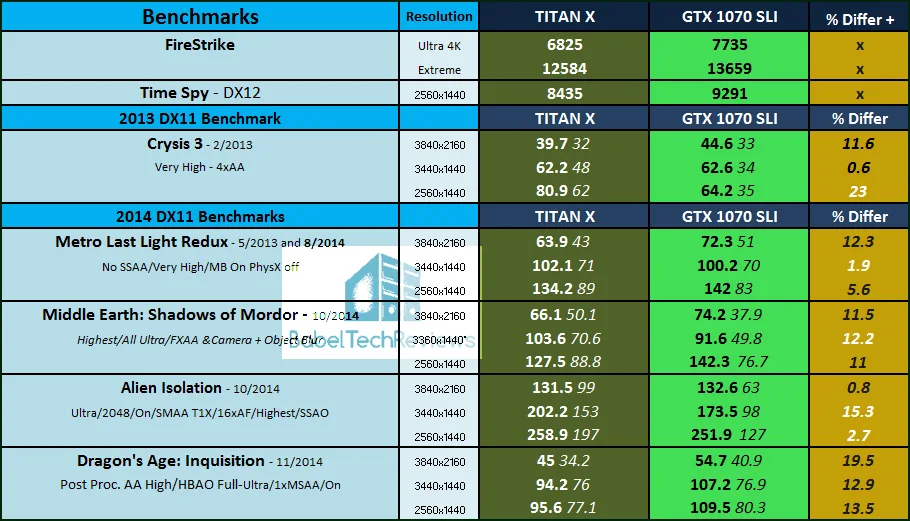

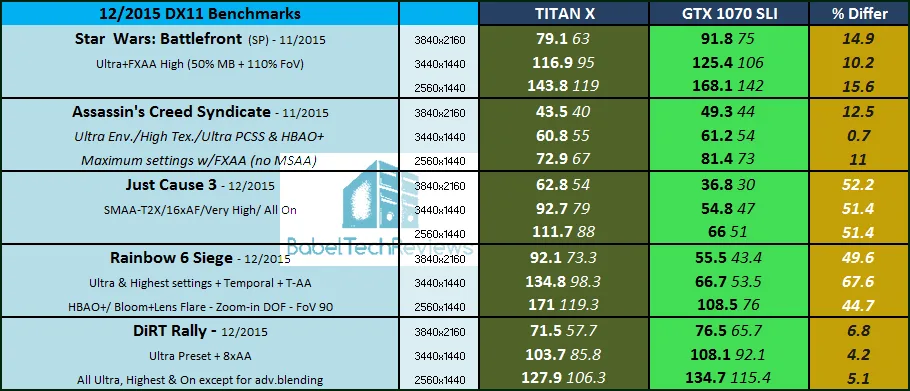


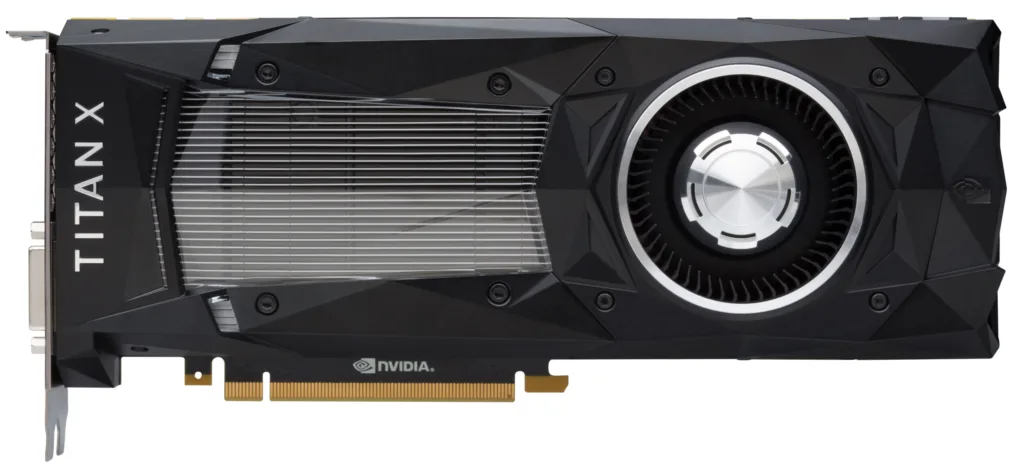
Comments are closed.